The moment I write this I am a design student at the Royal Academy of Art, The Hague, where I am enrolled in the industrial design master program. I currently generate no noteworthy income from my own design practice, but I do have hopes for a noteworthy professional future. This is what I assume my education will build up to.
I know however that I will be graduating in precarious times. This was obvious to me even before Covid punched a hole in the job market and into our collective wallets. It became apparent that the idea of work was changing comprehensively, with the labor market having become liberal and flexible, bringing new opportunities and with them also risks. We were seeing more types of jobs being created while salaries decreased, contracts were shortened and became flex, and a large degree of freedom was coupled with vanishing insurance policies and pension plans.
So, having said this and with my graduation peeking at the horizon, I rightly wondered what will become of me. This led me on a path to find the answer to the question ‘what do new types of work look like?’ And more specifically ‘who are the workers?’
“Tell me about the world of work.” – The interviewees at large
My journey began by engaging in conversations with Geert Lovink who filled me in on theories of new generations of workers; Alina Lupu, an artist who moves between the precariously employed field and the cultural field – which are at times one and the same; and the members of Cultural Workers Unite (CWU), a solidarity organization that promotes the rights of workers within the cultural field. I have chosen these interview partners because they work from different perspectives with (or within) the new conditions of work.
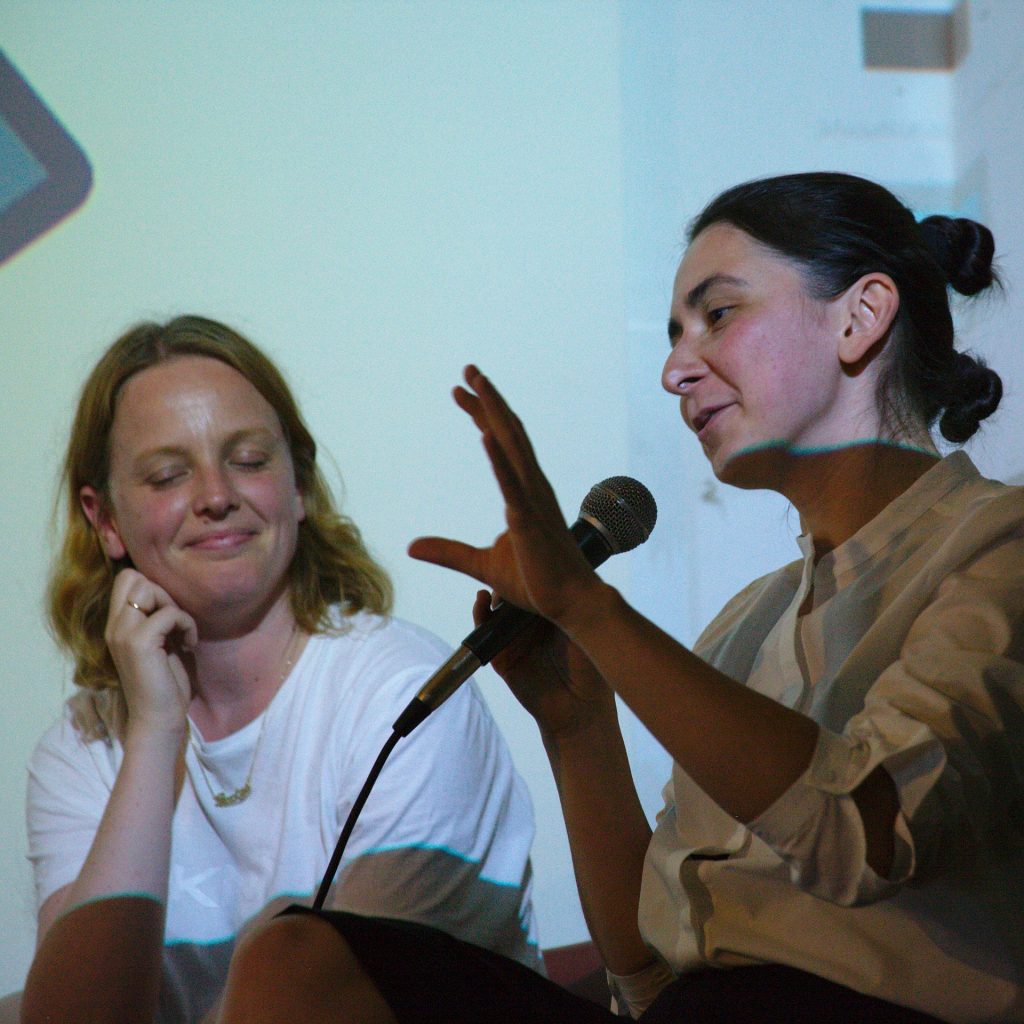
Figure 2: Lupu at a panel discussion CRITICAL STUDIES at the Sandberg Instituut Amsterdam, 2017
Illusions of work: Alina Lupu between dreams & realities of work
Is there a difference between the creative worker and the precarious laborer? Some would argue there never was one, maybe just a difference in branding.
In the winter of 2017, a little over half a year from having graduated with a degree in Fine Arts from a prestigious Dutch art academy, the Rietveld, in Amsterdam, Alina Lupu received an invitation to be a part of a panel discussion during an event at that very same academy. The invitation was meant to showcase the experience of recent graduates, their evolution since finishing art school, and their experience as students, looking back. That experience was very much fresh in her mind. But so was her new side-job.
That afternoon, honoring the panel discussion invitation, Lupu decided to show up, talk about her position and also wear her new food delivery courier uniform. She went to the stage, without introducing her condition at the time, wearing a jacket from the company Deliveroo and a small food delivery bag with the same branding. The company was, at the beginning of 2017, very fresh on the Dutch market, without any scandal associated with it, but still very visually present in the local landscape with couriers riding in the streets daily in striking bright blue-green athletic gear.
Lupu had taken the job after her realization that having a degree in art was not enough to make a living. She spent half a year applying for office jobs which never called back. She couldn’t yet apply for structural funding as an artist, since there was a period of one year between graduation and the time one could submit an application, so she chose the quickest route that would have her – a job in the platform economy. This was a job that could start almost immediately after being called for an interview, with a quick onboarding.
A job that would give her a uniform if only she said yes and showed her passport. She was game.

Figure 3 MINIMUM WAGE DRESS CODE Performance at PUBLIC ART AMSTERDAM, 2018
Judgments of work: Meeting expectations of yourself and others
To live was to make. But to live was not to make a living – Lupu said while she was still an ambitious art student. A belief she did share with her peers and teachers while being in the safe surrounding of the Academy. I myself am yet following a similar mindset while making use of my freedom to explore and expand my horizon, getting critical and aware about abstract issues of the world. But have I understood my own reality? With my graduation ahead I start to question if I have reached the level of control and knowledge to steer into my professional future. Lupu had done it, she was free again but in a way that she and her educational path had not foreseen for her.
Lupu could feel that exposing this new side-job in her former art academy might cause some friction, but didn’t quite realize the extent of outrage that would follow. Exposing herself as a minimum wage worker created tension. She felt judged by her choice of temporary employment.
She was supposed to have become an autonomous artist, and even if most autonomous artists make a living by other means, she was not supposed to glamorize, or even show, her precarious job.
These jobs tended to be kept in the dark as ‘shadow jobs’ as if they should not be seen in relation to the creative worker. The clash of the expectations of the creative class and the realities of the market shaped Lupu’s choices in the years that followed her graduation and that panel discussion in particular.


Figure 4: Lupu performing THE MINIMUM WAGE DRESS CODE in The Living Museum, Stedelijk Museum, Amsterdam, 2017
Solidarity in work: A new type of workers who don’t recognize each other
That instance of exposing herself as a worker and being considered less deserving in the eyes of her peers and of the teachers that shaped her brought about the realization that there was a gap in perceiving solidarity among different categories of workers who are equally as exploited. Lupu would go on to make performances using the iconic looks of the food delivery couriers, but she would also join a union, continue doing the delivery work, and eventually join forces with the food delivery couriers in striking against Deliveroo and against exploitative conditions that the company would push on their workers.

Figure 5: MINIMUM WAGE DRESS CODE Performance at PUBLIC ART AMSTERDAM, 2018
Lupu rightly realized that “It doesn’t matter if I do creative work if I get paid as much as a cleaner – then I should be solidarity with that cleaner”. She saw herself aligned with the ones working in the same conditions, not only with the people in the same sector. And creatives were shown to have equally precarious contracts, if any, lack of security, lack of a pension plan or insurance.
In the same line of thinking, the CWU chimed in: “Maybe it is part of the problem that we consider ourselves “special” as this creates a “cognitive dissonance” in a lot of us, that would identify us as “artists” while we earn most of our money through side jobs or more “commercial parts” of our practice”. The Union, therefore, has tried to open the definition of the cultural workers they want to support. They include creators and curators as well as “cultural institution cleaners, administrators, security guards, horeca workers etc.” and “volunteers and interns who contribute unpaid and low paid labor to the sector.” This highlights a sensibility towards the various modes of work in culture and that they are reliant on each other.
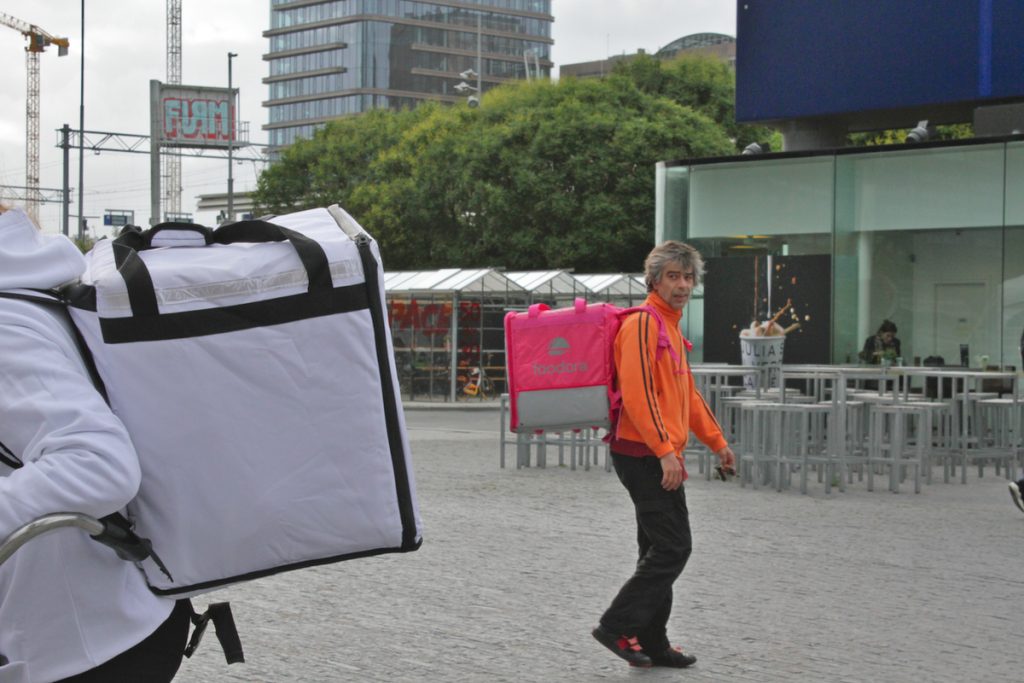
Figure 6: MINIMUM WAGE DRESS CODE Performance at PUBLIC ART AMSTERDAM, 2018
Sharing of work: The autonomous workers collective – a paradox
Without a doubt, to be a food courier was not what Lupu had dreamed of when she started to study fine arts. It is no secret that the market in arts and design is by any means challenging and difficult which the individual maker mostly must face alone. However, it is this mindset that must be challenged Lovink points out. In his sight, one of the main issues is that single creators might fail thinking she/he is not ‘good enough’ to withstand the market’s pressure, whilst we are missing out on the community of those working in similar conditions: “It’s about new forms of cooperative work. […] But these discussions and debates have not yet reached the creative industries […], people need to understand that they actually have to act together.” This turns out to be the main challenge as the CWU claims:
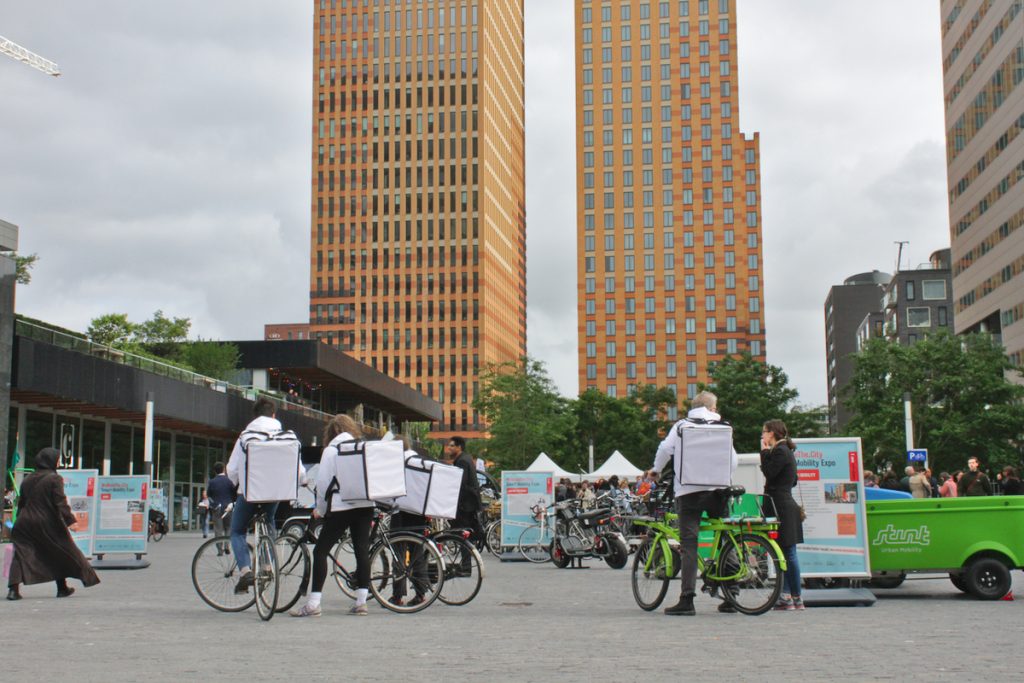
Figure 7: MINIMUM WAGE DRESS CODE Performance at PUBLIC ART AMSTERDAM, 2018
“It’s difficult. Solidarity is a thing to be worked on, it isn’t the default position for most in a neoliberal society.”
Occupational prestige and desire for more personal freedom are the leading factors to the creation of the neoliberal condition and a singular mindset. However, the proposed independence that neoliberalism peddles is illusive.
“If freedom is to be taken as freedom from an employer, you are free to choose your own way of being exploited by the market.” Says the CWU “In effect, you’re not “free to” do whatever you want, as the economy has already pre-established paths for hyper-competitive and hyper-individualized entrepreneurial careers.”
The ‘free-thinking creative’ who needs to be set aside from the crowd seems to be outdated yet persists to be the role model in the sector of Arts and Design as experienced by Lupu and the members of the CWU.
“While we are encouraged to work collectively, collective work is continuously being devalued and is not taken as seriously as an ‘autonomous practice’. As if any practice can be ‘autonomous.”
Creative work as well as capitalist structures were and are still reliant on cooperation between different professions. It seems as if the truly independent worker in the creative industry is simply an unrealistic model of work. “Autonomous work does not exist” states the CWU, and there is no logical reason for a worker to pretend it does.
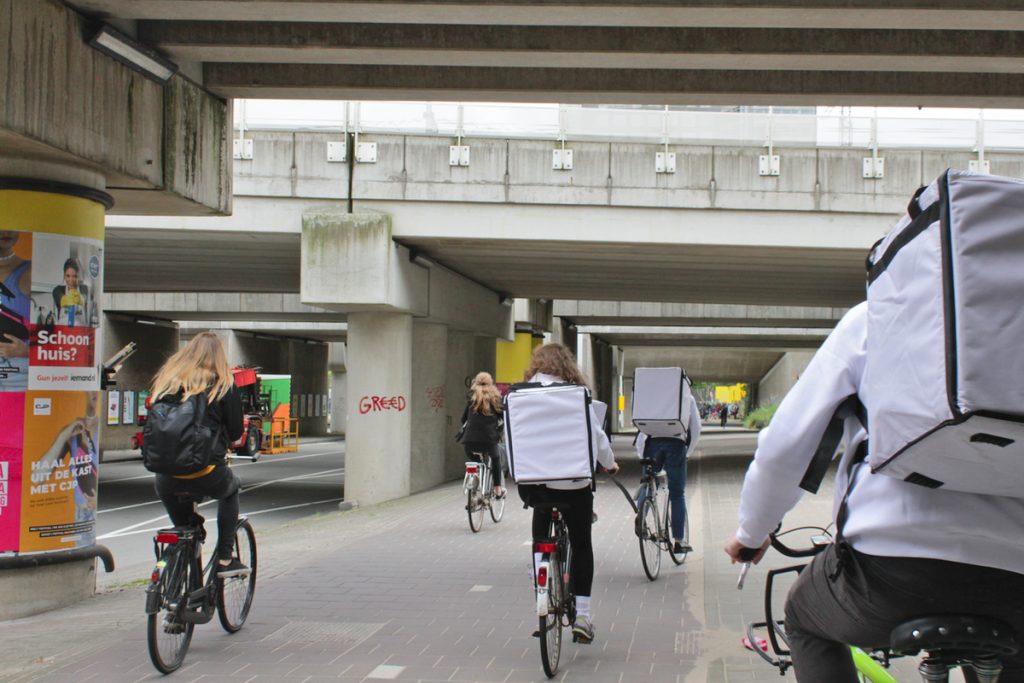
Figure 8: MINIMUM WAGE DRESS CODE Performance at PUBLIC ART AMSTERDAM, 2018
Communities in work: Recognizing and dealing with your working peers
Lupu’s working outfit which she eventually ended up calling “The Minimum Wage Dress Code” changed how she was perceived by other artists, but it also influenced how she was perceived in society at large. Her outfit allowed her access to certain spaces like restaurant kitchens while at the same time it gave her insight into how couriers are usually mistreated by other links in the delivery chain. Like an 18th century servant she had to be ‘hidden’ from customers, often left waiting outside in the cold.
“The irony is that you are treated like shit by the ones that earn as much per hour as you do.”
She lived through the same failures in perceiving solidarity from restaurant workers not just from the “creative class”. She witnessed how solidarity fails across the board as long as we judge and humiliate people just by their presumed link in a labor chain.
Maybe COVID was, in this sense, useful as it triggered the understanding of dissatisfaction and acknowledgment of insecurities in job and/or in life. One could be sure of a worldwide relatability and to a certain extend solidarity. “The idea that you can do it all on your own, especially if you have to work from home, no, that’s over.” Says Lovink. This unprecedented event has exposed the fragility of many, which is fertile ground on which unions like the CWU formed and gained more attention. Worldwide precarity almost enforced a large part of society to take jobs that are not unique to ones ‘main’ profession and it is yet uncertain if this affect will be reversed. This state is on its best way to become mainstream – and could this for once mean something for the greater good?
“Covid only exacerbates what was already there before the pandemic. Precarity was there, it just became visible” agrees the CWU. Like Lupu, they see the problems of precarity amplified throughout the crisis and aim for a solution of collectiveness. The membership number of unions has rapidly dropped in the last years. Lupu explains this with the popularity of flex and temp-work which has created more individual work, while communal or collective work, work that could be organized in the traditional sense, declined.
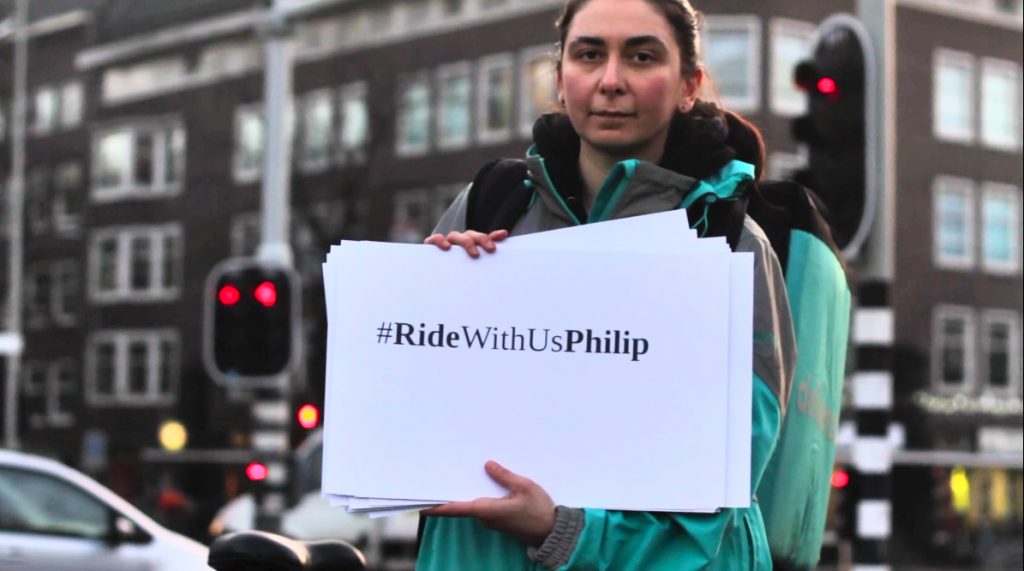
Figure 9 Lupu presenting the Online Campaign #RideWithUsPhilip, 2019; As Philip Padberg, CEO of Deliveroo Europe, suggested that riders should switch to a freelance contract, in her video, Lupu is asking Padberg to prove that what he was proposing (10 orders in 2 hours) was possible.
In the past Lupu, experienced the way in which classical unions had difficulties in reacting to new, flexible, platform-based working conditions. The FNV, The Federation of Dutch Trade Unions, initially had trouble adapting on how to tackle a company like Deliveroo: “They tried to support platform workers and strikes – with banners, tents with warm chocolate. But how do you strike against an online company? Do you go to the streets or block apps? Are you just not going to work?”.
The FNV has made strides in the past couple of years in tackling the food delivery giant, through a series of court trials questioning contractual agreements, which have been won. These were however symbolic victories since the gains rarely if ever got to reach the workers.
The case of Deliveroo has exposed how little protection one can expect as a precarious worker in an unregulated market.
It has also rightly exposed similar precarious and unregulated tendencies within the creative field, which the work of Lupu highlights.
Chances of Work: Alliance between workers
Adding up these different perspectives gave me greater depth in understanding the problem as well as the strength of the new types of work at large.
Alina Lupu does perceive herself as an artist but aligns with workers which earn a minimum wage, who need to take precarious jobs out of pure necessity, and usually do not speak up against the unfairness, to not risk their only source of income. Lupu, as a progressive risk-taking artist, turned herself through her performance into a channel for her own, but also for their precarity. The dress became the medium for a collective message for anyone taking minimum paid jobs or participate in the economy in ways that are not unique to cultural work. It visually connected unrecognized labor with the profession of the artist created friction but moreover awareness and relatability of the working circumstances within the profession. She used the impact of the choice of clothing to challenge the publicly perceived identity of the wearer. Design-wise we can question if we could adapt this system for the new workers at large to shape and clarify their work identity. A visual (and wearable) statement could become a superficial work identity for the new working community, visible for oneself, the ones working in the same sector, and the public or client. From this perspective, a design like a work cloth presents the idea of a person, profession, and one’s community all connected in one design.

Figure 10: THE MINIMUM WAGE DRESS CODE Performance at the Launch of Simulacrum Magazine at Cinetol, Amsterdam, 2017

Figure 11: MINIMUM WAGE DRESS CODE Performance at PUBLIC ART AMSTERDAM, 2018, Participants eating the content of their delivery bags with visitors.
Similar to Lupu, the CWU tries to include and connect all workers and laborers that are involved in the production of arts, design and culture. They want to illustrate the necessary cooperation between cultural workers.
A common understanding of precarious conditions and shared knowledge are key elements to deal with precarity.
Collectivism needs to be included in the ‘look’ of the contemporary creative worker. In detail, change needs to happen on two levels: firstly, through recognition of a shared problem or support within a community, so that empathy can evolve between workers that deal with the same issues. COVID has highlighted these discussions on a global scale, it is up to us how we make use of them for our common future. Secondly, through a general understanding of the fact that current neoliberal socio-economic structures lead to precarity. If this will be achieved, new forms of cooperation could evolve. The equality of voices and easy access is important to create a collective body and to share knowledge. The new design of cooperative channels could be understood as resistant to the individualizing turn, placing emphasis on sociality rather than on the individual creator working to produce art or design.
Finally, the theorist Lovink presents the structural and organizational side which can facilitate and manage the space in which cooperation can happen in an effective way and can allow workers to distribute their ‘risks’ among several people. He promotes the idea of cooperatives as a solution to our current predicament. This way, a seemingly big problem becomes smaller through sharing. Thus, cooperation needs not only to be encouraged but also fairly valued financially and socially. Design wise we can discuss whether the co-opted skills are those of the contemporary creator or if creators engaged in collective structures have adapted to the new conditions of capitalism.
All three, Alina Lupu, the CWU, and Geert Lovink, are proposing a new form of institution created by the ones suffering the most under the current models of work. This can make a shift from the drive for individual self-realization through work and towards more collective values that can uplift the currently precarious and atomized class.
I end this text not with a definitive conclusion, but with the prospect for a greater conversation on the art and design creator’s relation to work and to making their labor visible. What has become clear to me, and I hope to certain extend to the reader, is that art and design-making and work in the socio-economical context, are evolving simultaneously to an appearance in which we present our contemporary art and design practice.
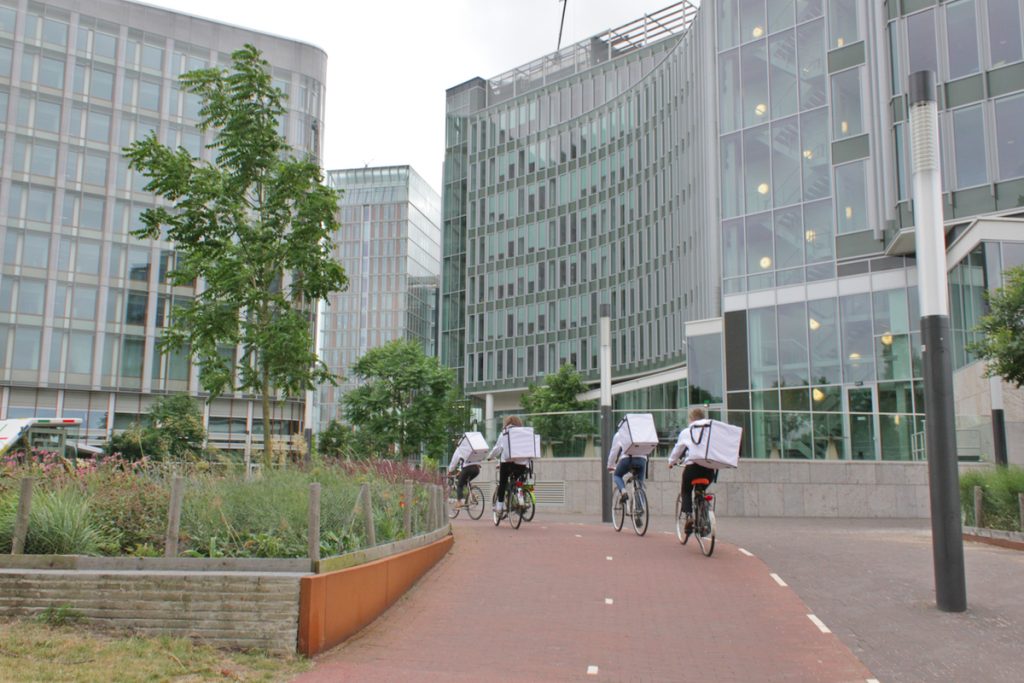
Figure 12: MINIMUM WAGE DRESS CODE Performance at PUBLIC ART AMSTERDAM, 2018
I want to thank everyone involved in my research including Institute of Network Cultures, the CWU for their ambition and effort to combine their forces to answer my complex questions, and, naturally, Alina Lupu for being the steadfast and inspiring source which never forgot to feed me with sharp and on point answers and well-selected references and Instagram posts.

